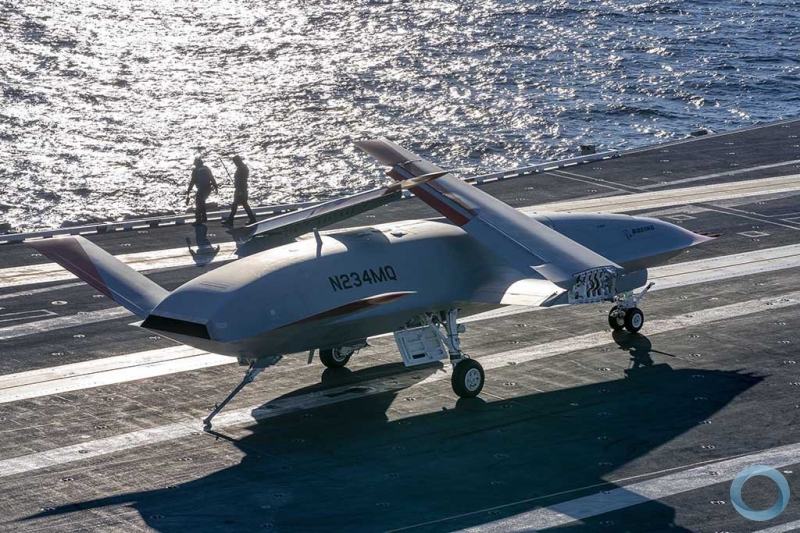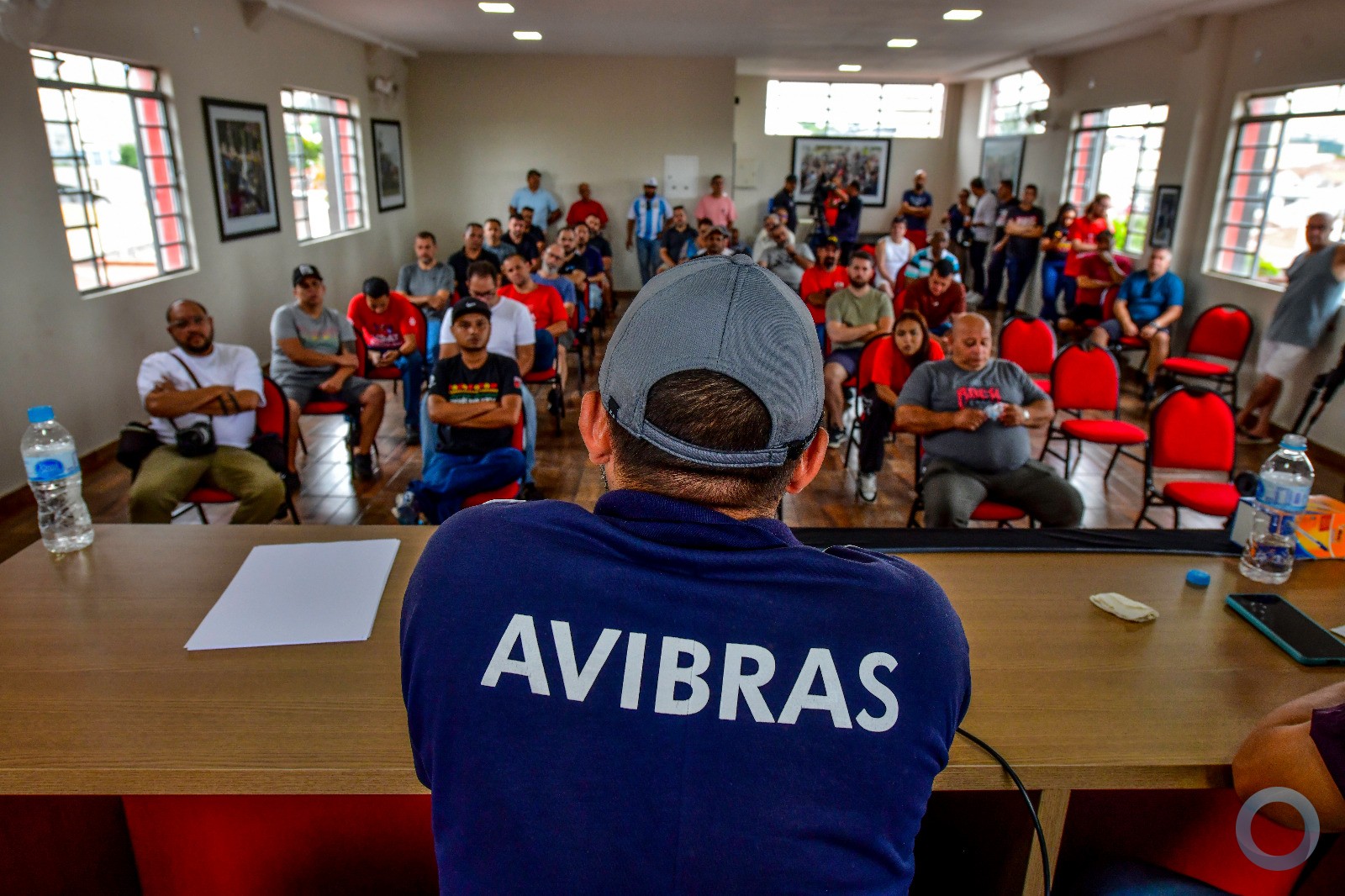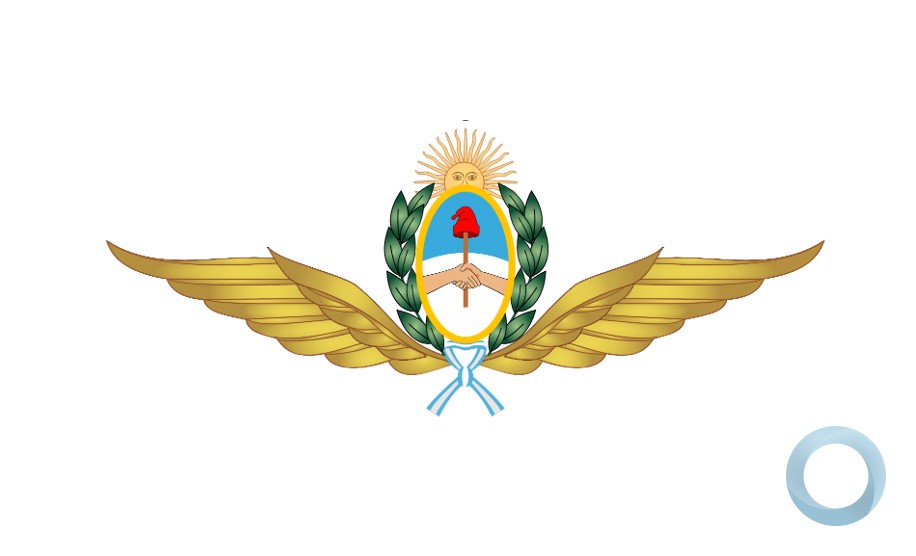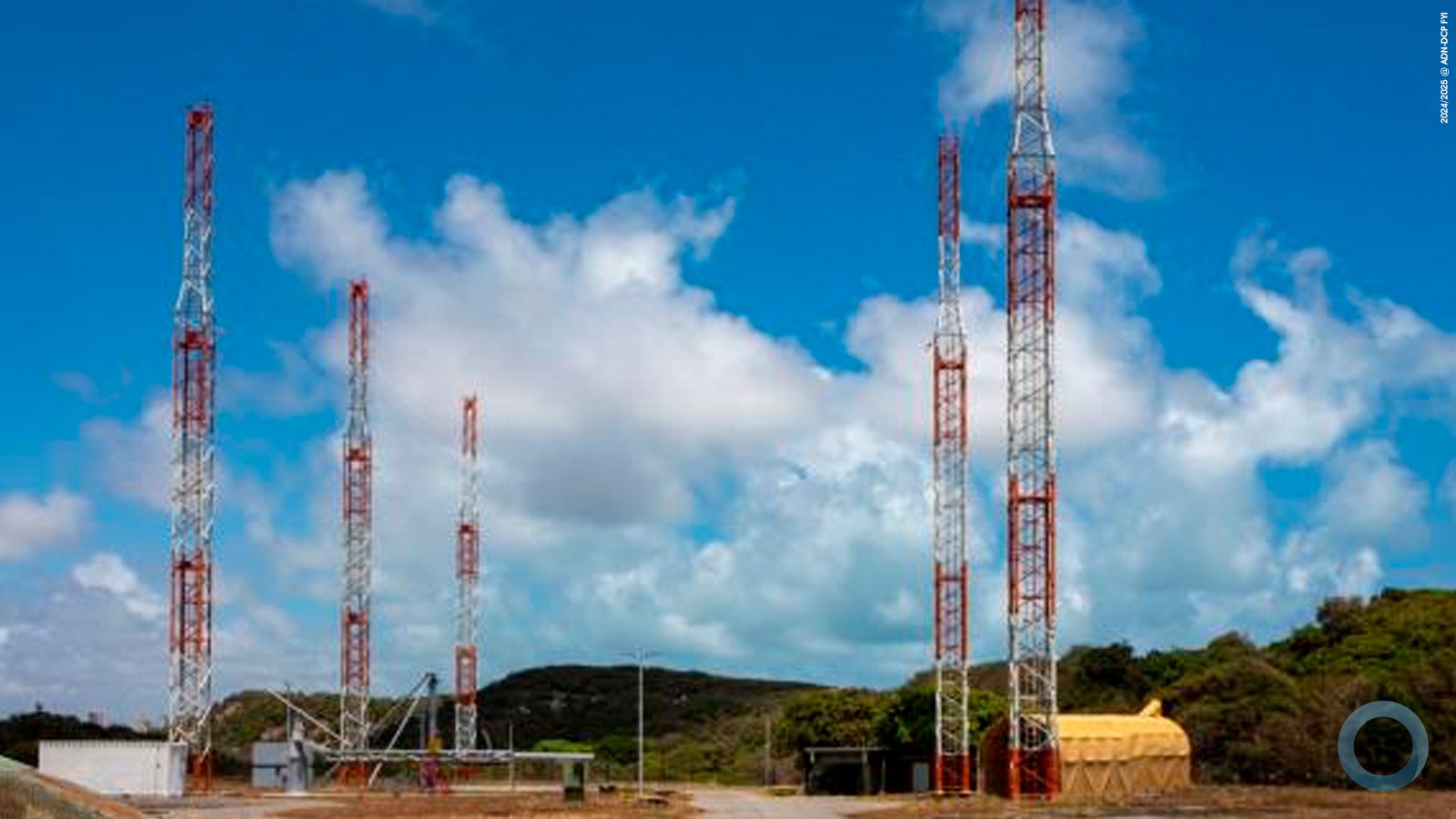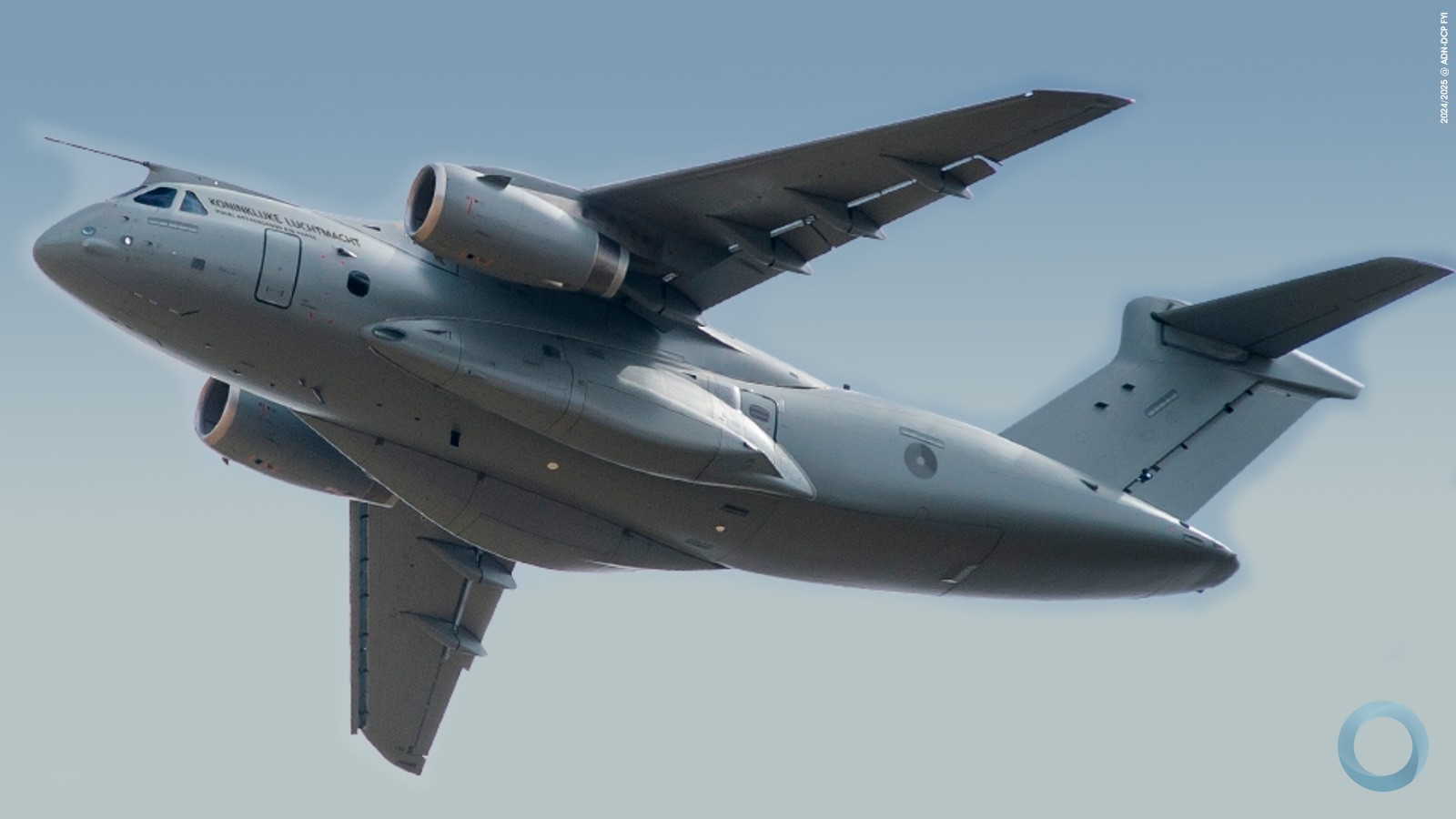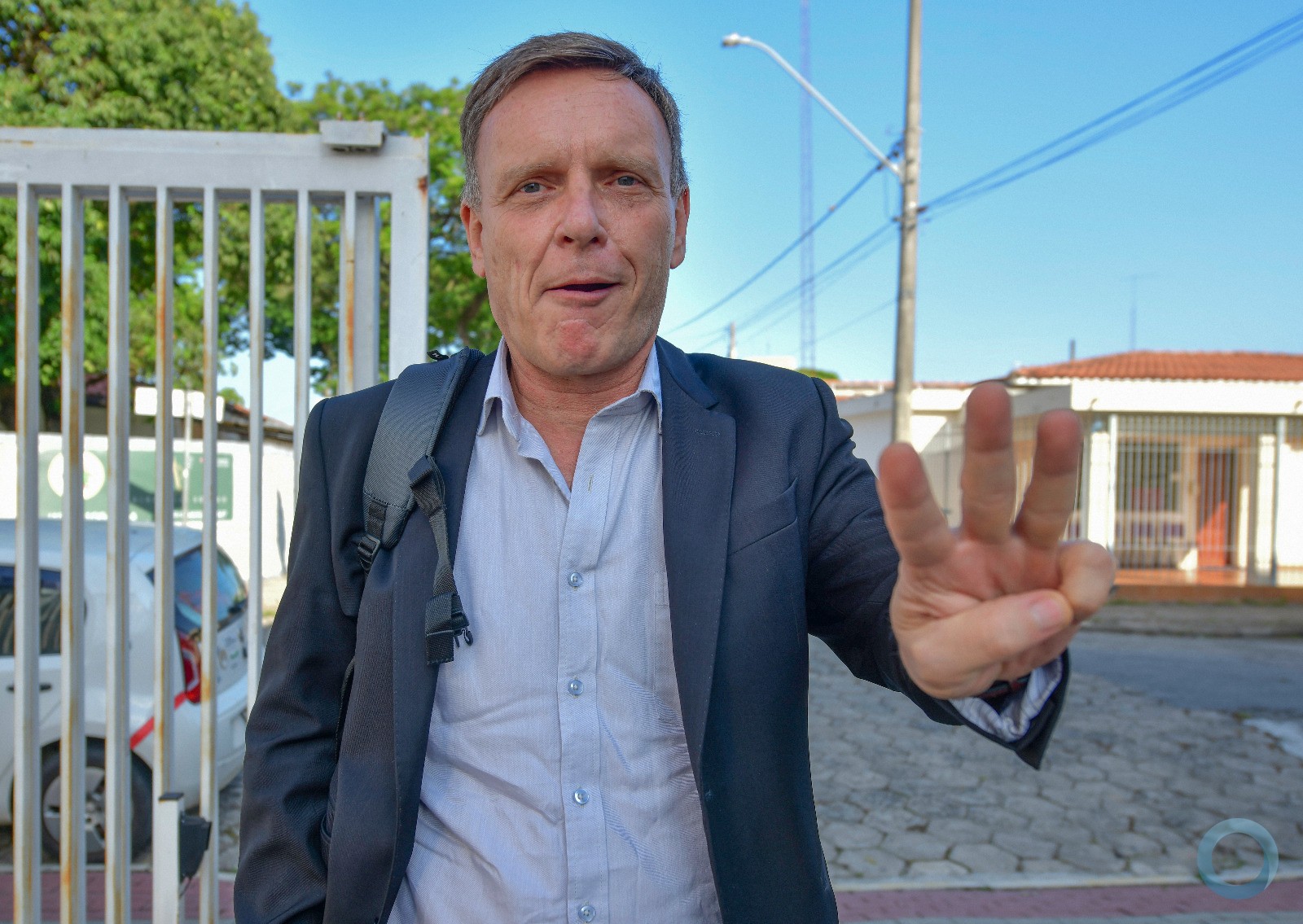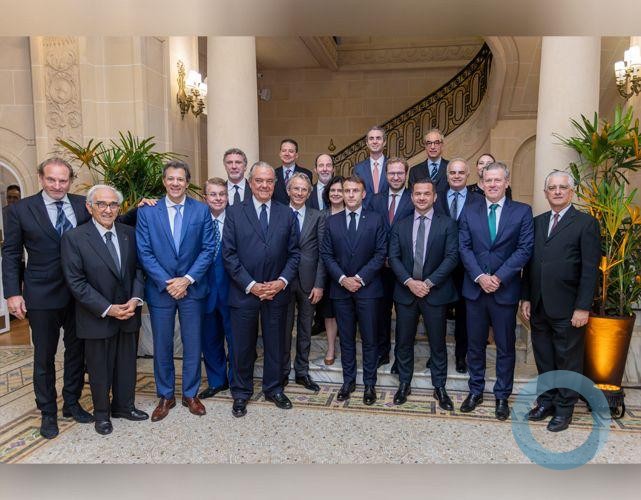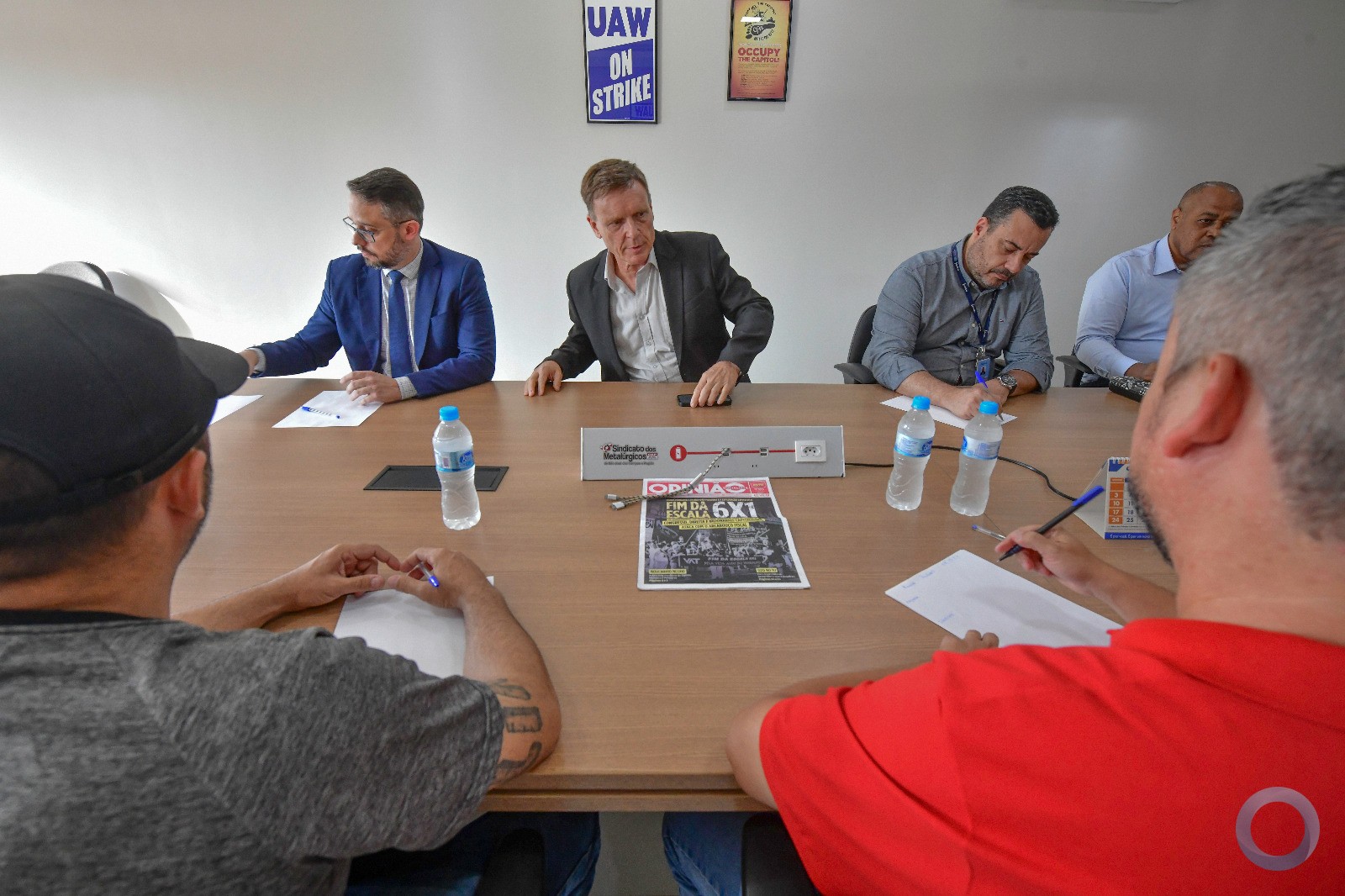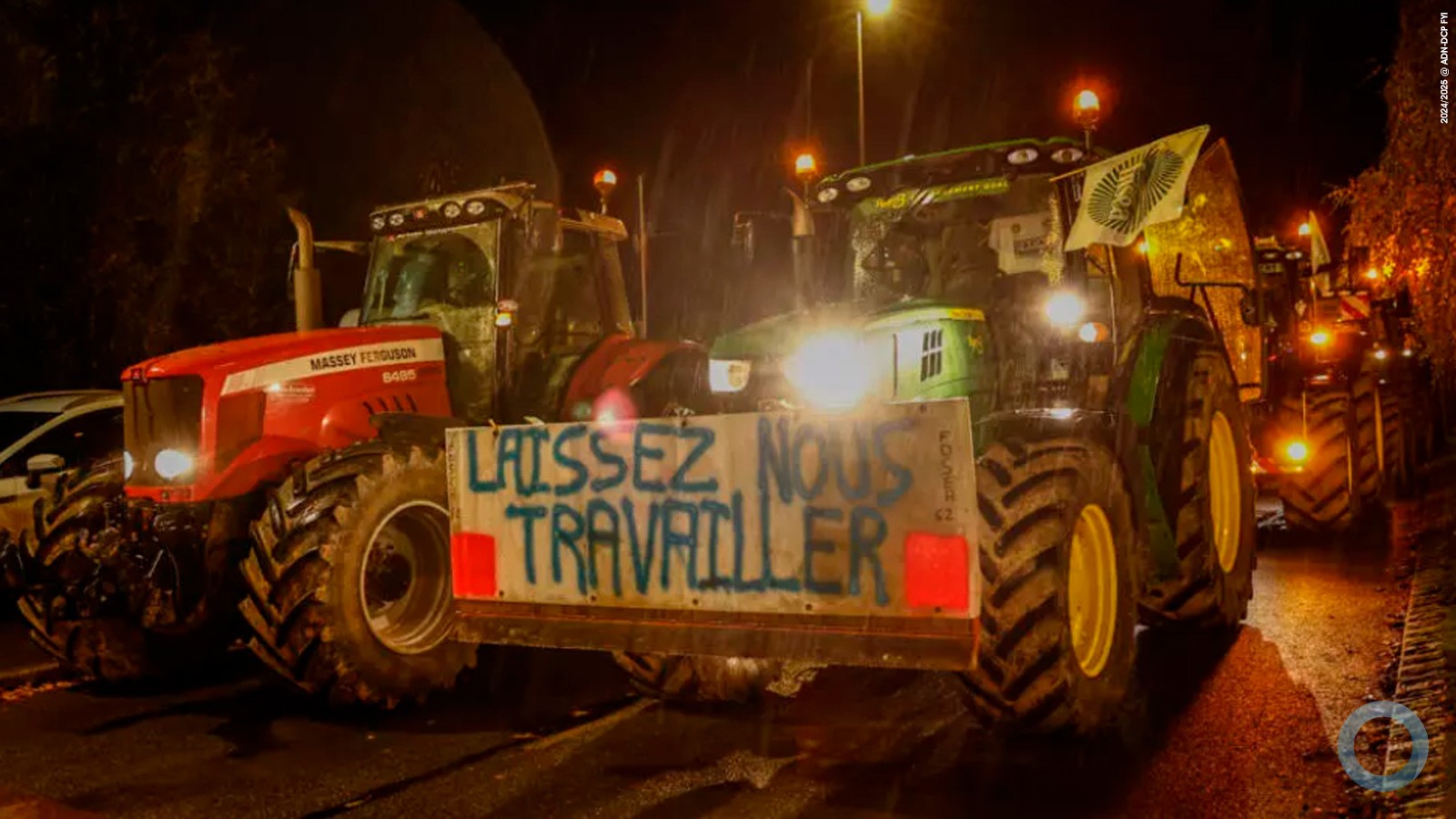![]()
![]()
Yolima Dussán
Since April 1st, the Colombian Air Force (FAC, per its Spanish acronym) has new allies in its security and surveillance operations – two radars built and designed by Colombian engineers. These radars are the first to be built domestically and the only ones of their kind in Colombia since they were designed in accordance with the country’s topographic conditions. The country invested $14 million for their production.
The Tactical Defense Radar (TADER) and the Surface Intrusion Detection Radar (SINDER) were introduced by National Defense Minister Luis Carlos Villegas at the Capitán Luis F. Gómez Niño Air Base. The radars were developed by the Defense High Tech Corporation (CODALTEC, per its Spanish acronym), a National Defense Ministry firm.
TADER aerial surveillance
“This is a short-range radar –with a 70-kilometer range– capable of connecting to a command-and-control system, which is needed for the defense of the country’s most critical places. It is a ‘gap filler’ radar that can detect all the holes or shadows that large radars are not capable of capturing because they need to follow the Earth’s curvature to advance beyond the horizon and create an unprotected area, ” General (R) Julio Alberto González Ruiz, director of CODALTEC, told Diálogo. The TADER is a mobile radar system with air defense capabilities that Colombia plans to use to defend its national airspace.
This new capacity of FAC is a high mobile system with a primary 3D radar designed for air surveillance and anti-aircraft defense. It is equipped with an integrated secondary radar with an Identification Friend or Foe (IFF) system, which allows for identification of aircraft possessing transponders, and which makes it easier to confirm targets by combining information from the primary and secondary radars.
“TADER is a vital part of Colombia’s anti-aircraft defense system because after detecting a suspicious aircraft, the Air Force Command and Control Center will be able to decide whether or not to use the institution’s weapons system,” explained Captain Gustavo González Castañeda, chief of the Sensors Division at CODALTEC.
SINDER, monitoring critical infrastructure
The second radar, the SINDER, which is also mobile, can do surface surveillance, and detect people, vehicles, and drones for the protection and security of Colombia’s military installations and critical infrastructure like refineries, pipelines, oil fields, reservoirs, airports, wilderness areas, natural parks, electrical grids, coal routes, and communication towers, among others. It is a smaller high-resolution radar with solid state transmission technology capable of detecting planes flying at low altitudes and generally anything moving by land. Its early warnings allow for fast reactions to counteract any threat.
Colombian engineering had two versions of SINDER. “One long-range equipped to track people at a distance of 5 kilometers and vehicles at 20 kilometers; another medium-range that can pick up people at a radius of 3 kilometers and vehicles up to 12 kilometers away. The average cost of a SINDER system is $1 million,” Capt. González said.
Science, technology, and innovation
The construction of radars in Colombia by members of the Armed Forces is not a random occurrence. It is the result of a plan launched in 2012 when the Ministry of Defense embraced a state policy of science, technology, and innovation for the sector. The goal was to make the industry more dynamic and self-sufficient and to reduce dependency on other countries in strategic areas.
“Since we were in need of equipment and technology for national defense and to keep threats like drug trafficking in check, we could not continue waiting for resources and being dependent on countries owning the technology. Each force had to design a strategy to start to train its personnel and be able to develop the technology with their own resources,” Gen. González told Diálogo.
With the legal basis established and the tools created, the Ministry of National Defense and Security set the sensors sector program in motion. Through it, they developed capacities in handling electromagnetic spectrum frequencies. In this specific case, in the area of radio and microwave frequencies.


General (R) Julio Alberto González Ruiz, director of CODALTEC, explained SINDER’s capabilities to Minister Villegas. The land radar is used to monitor critical infrastructure. (Photo: CODALTEC)
Civilian and military engineers
To develop the radars, the Colombian Ministry of Defense designed a strategic project that meant convening a group that would integrate 12 civilian professionals and eight uniformed members selected by the Armed Forces. This team of 20 Colombian engineers was responsible for taking on the challenge of establishing themselves in the country as a radar manufacturer. They had 30 months to do it.
This goal had three results: the acquisition of domestic capacities to innovate and develop technology in the area of sensors that would allow for the development of homegrown solutions; the construction of two radars needed by FAC, which it did not have at that point despite its urgent need (specifically TADER); and the creation of the “Sensors Research and Development Group (GIDS, per its Spanish acronym),” which intends to do research and generate a base of knowledge in conjunction with other groups and universities in the area of sensors. Colombia has achieved its objective. The radars have been built and are in operation. “With this radar project, both aerial and land-based, Colombia is making a major advance in technology. This also allows us to enter into international markets and offer this capacity to other countries with which we have cooperation agreements,” concluded Minister Villegas during the handover ceremony.








